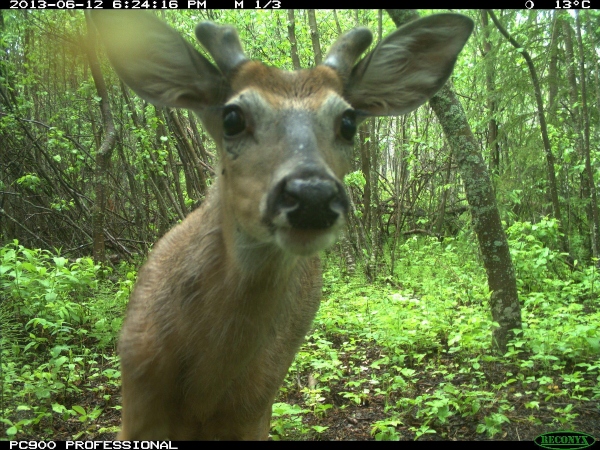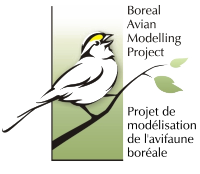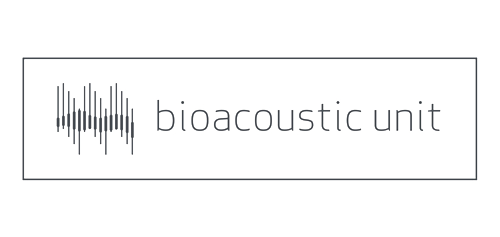Introduction
The ABMI benefits from the strong support of various partners and collaborators, from our delivery partners (InnoTech Alberta, the University of Alberta, the Royal Alberta Museum, and the University of Calgary) to our many generous sponsors. A list of these vital contributors is available via the ABMI website, here.
Additionally, many organizations and individuals contribute data and expertise that enhance our program and the data and information products that result. Those who made specific contributions to this report are acknowledged below.
We are grateful to all of our partners and collaborators for their ongoing operational, financial, and scientific support.

Photo: ABMI
Data Partners & Collaborators for the Al-Pac Report
Boreal Avian Modelling Project (BAM)
For the ABMI’s bird analyses, ABMI data are combined with data from the Boreal Avian Modelling Project (BAM). Within Alberta, the BAM database is a compilation of data from the Breeding Bird Survey (BBS), Breeding Bird Atlases, Environment and Climate Change Canada (ECCC), the Bioacoustic Unit at the University of Alberta, other monitoring projects, and short-term research projects. In particular, the ABMI, BAM, and ECCC have enjoyed a long and mutually beneficial relationship during which both data and ideas have been shared. The data and information reported here substantially benefited from the aggregate dataset of these organizations, as well as the efforts and expertise of the collaborating scientists.
Alberta Environment and Parks (AEP)
ABMI human footprint data are enhanced by a longstanding partnership with the Government of Alberta / Alberta Environment and Parks (AEP) through the Alberta Human Footprint Monitoring Program (AHFMP). This partnership allows, for example, additional geospatial layers produced or maintained by the Government of Alberta to be incorporated into the ABMI's Human Footprint Inventory.
Environment & Climate Change Canada (ECCC)
Environment and Climate Change Canada supports the ABMI's work in a variety of ways. In 2019, acoustic experts from ECCC, the ABMI, the Bioacoustic Unit, and BAM came together to develop the next phase of acoustic data management for Canada, which has come to be called the Open Data Initiative (ODI). This initiative, funded by ECCC, involves further functional development of the ABMI's WildTrax platform, and increased standardization and data sharing across data management platforms like WildTrax and NatureCounts.
ABMI Caribou Monitoring Unit
The ABMI’s Caribou Monitoring Unit (CMU) was developed to support Woodland Caribou recovery in Canada. The CMU works with academics, industry, and government to facilitate applied research and provide scientific expertise to evaluate and monitor caribou recovery options. Al-Pac has supported efforts of the CMU to understand issues facing Woodland Caribou in their FMA area and surrounding landscape.
Bioacoustic Unit
The Bioacoustic Unit (BU) is a collaboration between the ABMI and the Bayne Lab at the University of Alberta. The BU is the authority on best practices for using acoustic technology in Alberta and offers a range of services to support the application of acoustic technology. Leaders in the application of wildlife acoustic data to environmental management and research needs, the BU team is actively engaged in research to enhance methodologies and better understand the natural acoustic environment.
Contributors
Jennifer Hird, University of Calgary + ABMI Geospatial Centre
Jennifer Hird, based out of the University of Calgary and a member of both the ABMI’s Geospatial Centre and the University of Calgary's Applied Geospatial Research Group, contributed the research spotlight in Section 2.5 “Spectral Regeneration of Harvested Areas.” In it, she describes how examining satellite images over time can reveal signals that reflect the growth and regeneration of vegetation in harvested forest areas over large scales. This work was also supported by Greg McDermid from the University of Calgary, and Jahan Kariyeva of the ABMI’s Geospatial Centre.
Lionel Leston, Boreal Avian Modelling Project (BAM)
Lionel Leston, a Postdoctoral Fellow with the University of Alberta and Boreal Avian Modelling Project, linked spatial harvest plans developed by Al-Pac and cumulative land use effects scenarios developed by ALCES Online to species distribution models developed by BAM to project long-term bird responses to harvest and other disturbance.












